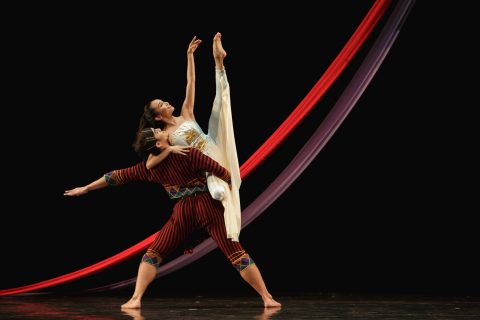
By Caesar Vallejos, EBC Correspondent
The artistic excellence that Ballet Philippines is known for, was again demonstrated in its performance of “The Exemplars: Amada and Other Dances” at the Cultural Center of the Philippines (CCP).
The five masterpieces in this retrospective edition were choreographed and premiered in the Philippines as early as 1970. “These are dances in the 70s that have withstood the test of time,” CCP President Margie Moran Floirendo said.
The exemplars in the program were Alice Reyes’ ‘Amada’, Gener Caringal’s ‘Ang Sultan’, Pauline Koner’s ‘Concertino’, Muneca Aponte’s ‘Valse Fantasy’ and Norman Walker’s ‘Song of a Wayfarer’.
Great storytellers

According to Floirendo, the choreographers wanted to achieve perfection as their works convey messages in their choreography. “The creators are great storytellers,” she said.
“Take notice of the movements in each dance, how uncommon and dissimilar, perhaps strange at that time,” Floirendo encouraged.
The dances are “difficult to do for a dancer as they can only achieve this with constant rehearsals and practices,” Floirendo said.
Ballet Philippines pioneered modern ballet in the Philippines at the time when all the ballet companies were mastering and presenting only classical dances.
“It was then revolutionary and divergent but then until today it has made Ballet Philippines today renowned for its versatility in both the classical and the modern,” Floirendo recalled.
Kinesthetic history
Conferred at the Malacanang Palace as National Artist for Dance in 2014, Alice Reyes is also the Artistic Director of Ballet Philippines’ 48th Season: Quintessence that includes this second production.
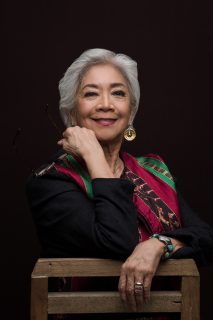
Asked how she can pass on her legacy she said, ‘”you teach, you train the company members and I am very fortunate that this program was made possible by the present members who had danced these pieces. It’s like oral history where it is passed on, but this is kinesthetic history, where the muscles work with the soul and art and the artistry are passed on,” Reyes added.
“I’ve seen it all over the world. Balanchine’s pieces are done, Pina Bausch’s, Martha Graham’s,” Alice Reyes said. She hopes that similar to their works, which have become timeless, Ballet Philippines will also “carry on with the pieces on the repertoire that we are so proud of.”
Stunned audiences around the world
The National Artist mentioned that reviews that the company brought back from its performances in Europe, America and all over Asia have been remarkable.
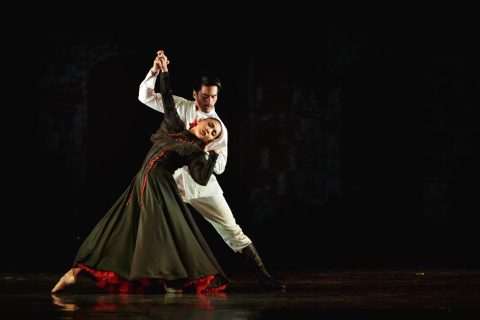
“The audiences in Europe, Asia, Australia and the States were stunned when they saw a company like this. They have heard and seen the Bayanihan which is folkloric while Ballet Philippines has the element of Filipino culture in a modern dance medium and they were just so amazed,” Reyes recalled.
Recalling one performance in Germany where the piece’s ending was music by Gustav Mahler, the company has already taken their calls and the curtain had already gone down. They have proceeded back to their dressing room.
However, the stage manager said, “Come back, come back, they’re still applauding, so we had to come back from the second floor where our dressing room was. They responded very positively to our pieces,” Reyes narrated.
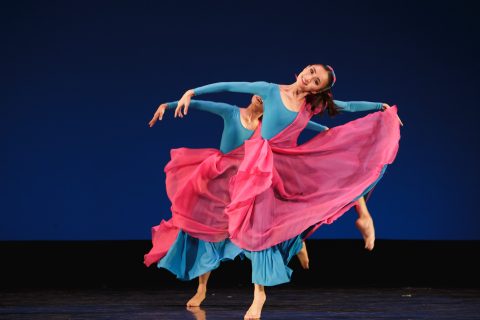
Technically very strong, distinctly Filipino
Comparing the discipline in Philippine ballet between now and then, Reyes said, “the disciple has to be the same, the technique has grown and the dancers are technically very strong, partly because of the years of daily training.”
There’s less injury now, there are more sprung floors and there are teachers who go around and they are more exposed,” Reyes explained.
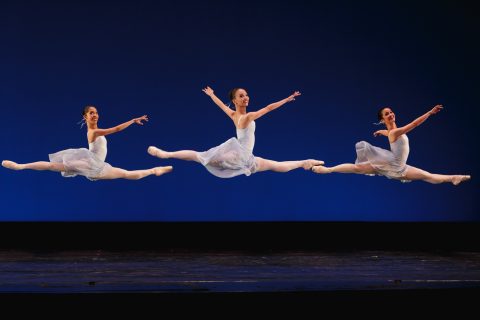
Former CCP President Nestor Jardin and now CCP Adviser who is behind the ASEAN shows agreed. “The artists are becoming more proficient artistically and professionally,” he said. He mentioned that the Philippines is not behind the rest of the world in terms of the development in trends and style.

Jardin also noted that it is mostly the foreign critics who noticed the fact that our contemporary dances have distinctively Filipino flavor.
Home of the Filipino dancer
“Dance is all about sharing,” the Ballet Philippines Artistic Director and National Artist for Dance said.
“We do want to share the wealth that we have on the repertory. I’m going to do Nutcracker next then Don Quixote but we have such a wealth of pieces that are worth staging and bringing it all around the country. We want to bring as many of them and share them with the Filipinos all over,” Reyes exclaimed.
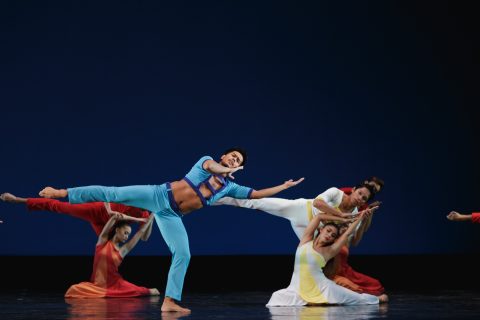
“I just happened to be perhaps the first to have brought it back here and to have been blessed,” she said.
‘Amada’ was Reyes’ Master’s thesis as a scholar at the Sarah Lawrence College, which was inspired by Nick Joaquin’s Summer Solstice. The dance was among the first pieces to explore the facets of Philippine lore and mythology through modern dance.
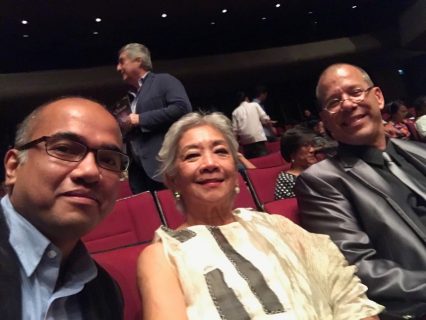
“The CCP theater was here when I had finished that Masters and I was going to get married and teach in the States and I saw this theater and I said, my goodness, this has to be the home of the Filipino dancer. And Amada was what we worked on and that was more than 40 years ago,” Reyes recalled.
“I am really very anxious to keep staging the older works,” Reyes said.







